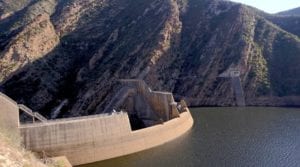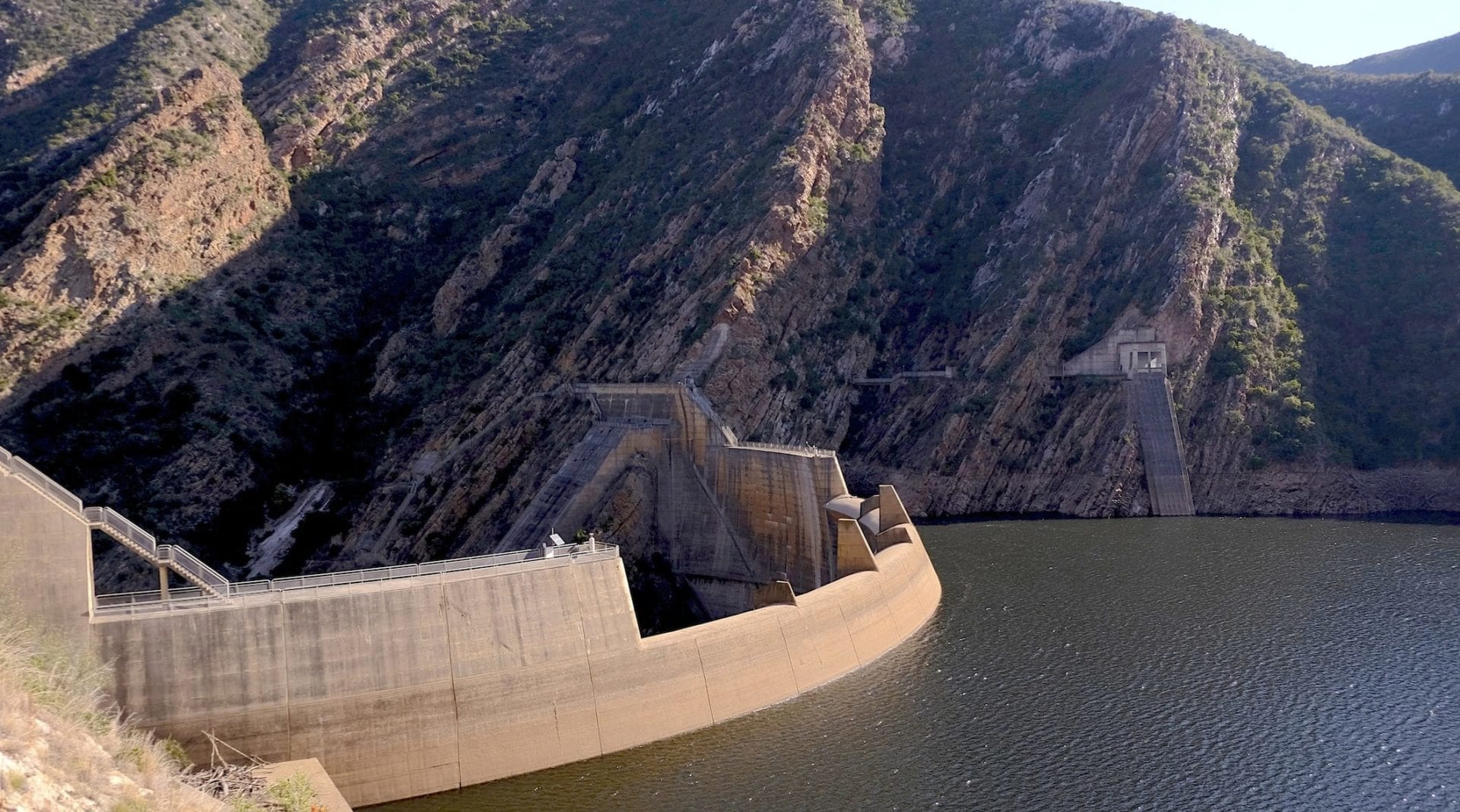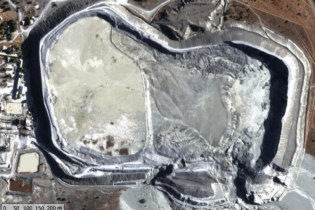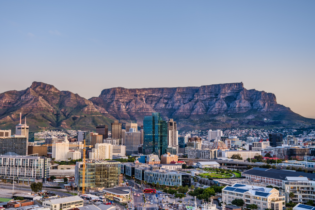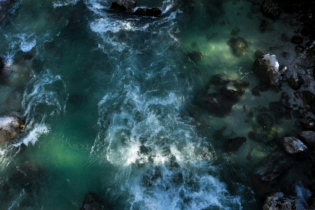Colesky said the 44 projects in which the GIB was involved were aimed at restoring the balance in nature, creating jobs and alleviating poverty, as well as stimulating the local economy.
Water creates employment
According to a GIB survey a few years ago, 10 000 employment opportunities were created in the Gamtoos Valley when farmers relying on irrigation received their full allocated water quota. “With every 10% reduction in the water quota, a thousand job opportunities are lost,” said GIB chief executive Pierre Joubert. Joubert explained that although his board did not have a say in the water quotas for consumers, recommendations had been made to Mokonyane, who would make the final decision.Private sector’s help is needed to ease SA’s water crisis
Minister of Water and Sanitation Nomvula Mokonyane has said that she is looking into partnering with the private sector to help fund water infrastructure for the country as the drought has not only brought the extent of the country’s water scarcity to light‚ but has also highlighted the dire state of its water infrastructure and the state’s constrained ability to repair and fund it. “We will be looking into convening a water infrastructure investment conference where we will be sharing with the world — starting with our own business people and suppliers — on the infrastructure opportunities that exist in the water sector‚ so that individual organisations and businesses can come in and invest‚” she said at a media briefing in Kempton Park‚ Johannesburg‚ on Friday afternoon. This was after a meeting with the chairs of all nine water boards. “The infrastructure demand in the water sector can not only be funded through fiscals‚ we also need the private sector to come to the party and we know that we’ve got mega projects (in a number of provinces) that will take partnerships for us to be able to win this battle against water security in our country‚” Mokonyane added.Latest dam figures
The department has indicated that the National Storage comprising 211 dams is currently sitting at 49% and is still dropping, however at a slower rate compared to last year. Here is an indication of the latest dam figures:- Water levels in the Western Cape dams continue to drop and have seen an overall 3% decrease in water levels. The Vaal Dam level is at an average of 26,6%. Other dams in the province continue to drop as well. Voelvlei has dropped from 71,8% to 71,3%, Berg River gained a little from 72,7% to 73,1% and Theewaterskloof went down from 52% to 51,6%.
- The Vaal System which supplies water to 14 dams, Sasol and Eskom dropped from 49, 9% from 17 October 2016 to 49,7% this week. The system was at 68,8% capacity in 2015.
- The Orange River System was 55,6% last week but is now at 54,4%. The Gariep Dam dropped from 55,7% to 51,8% while Vanderkloof Dam experienced a rise from 55,4% to 58,7%. The system was 71,6% this time last year.
- The Algoa System, which has five dams serving the Nelson Mandela Bay, has recorded a drop from 70,1% to 69,3% compared to 100,2% last year.
- The Amatola System with six dams serving the Buffalo City dropped from 78% to 77,2% compared to 99,5% last year.
- The Umgeni System with five dams serving the Ethekwini and Msunduzi dropped from 44,2 to 44,1% compared to 66,2% last year.
- Nagle dam was at 69, 9% last week and now stands at 69,7% while Midmar Dam gained a little from 47,3% to 47,7%. Hazelmere gained from 64,9% to 66% and the Pongolapoort is still the same at 37,2%.
- The Goedertrouw in Hluhluwe remains the same at 20,8% while the Klipfontein dropped slightly from 11,8% to 11,4%.
- The Bloemfontein system has four dams serving Mangaung. The system was at 31,1% this time last year and has recently gained slightly from 31,2% to 34%.


